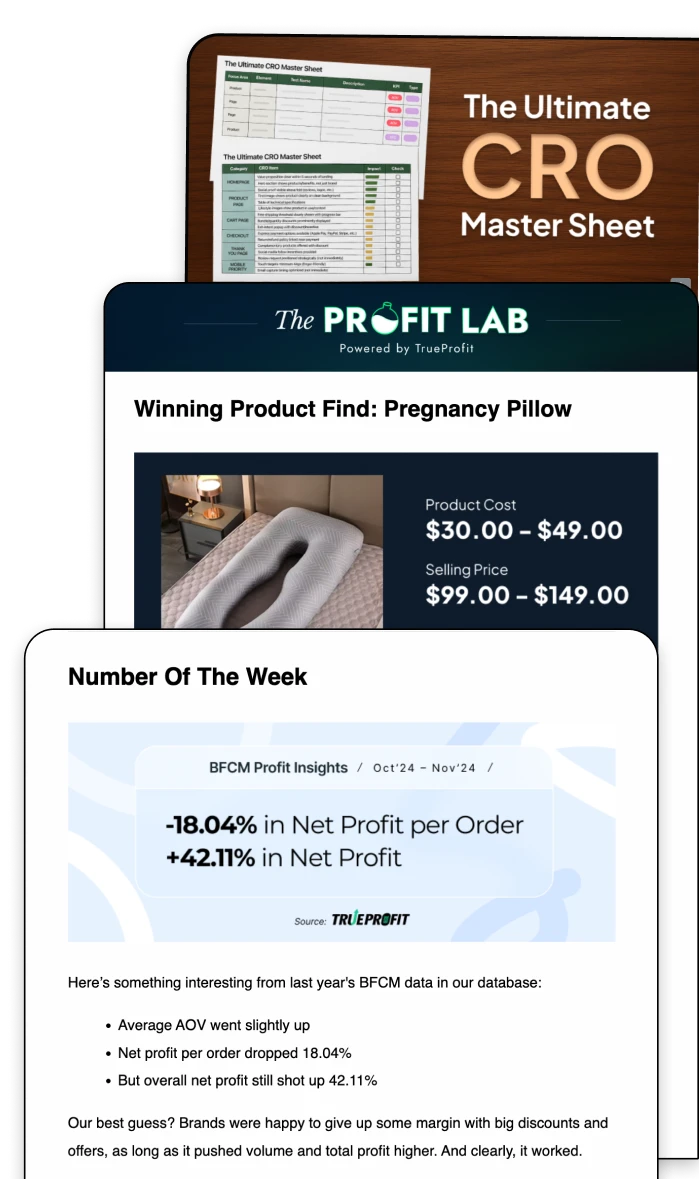6 Strategies to Improve Your Profit Margin in 2025 (Expert Tips)
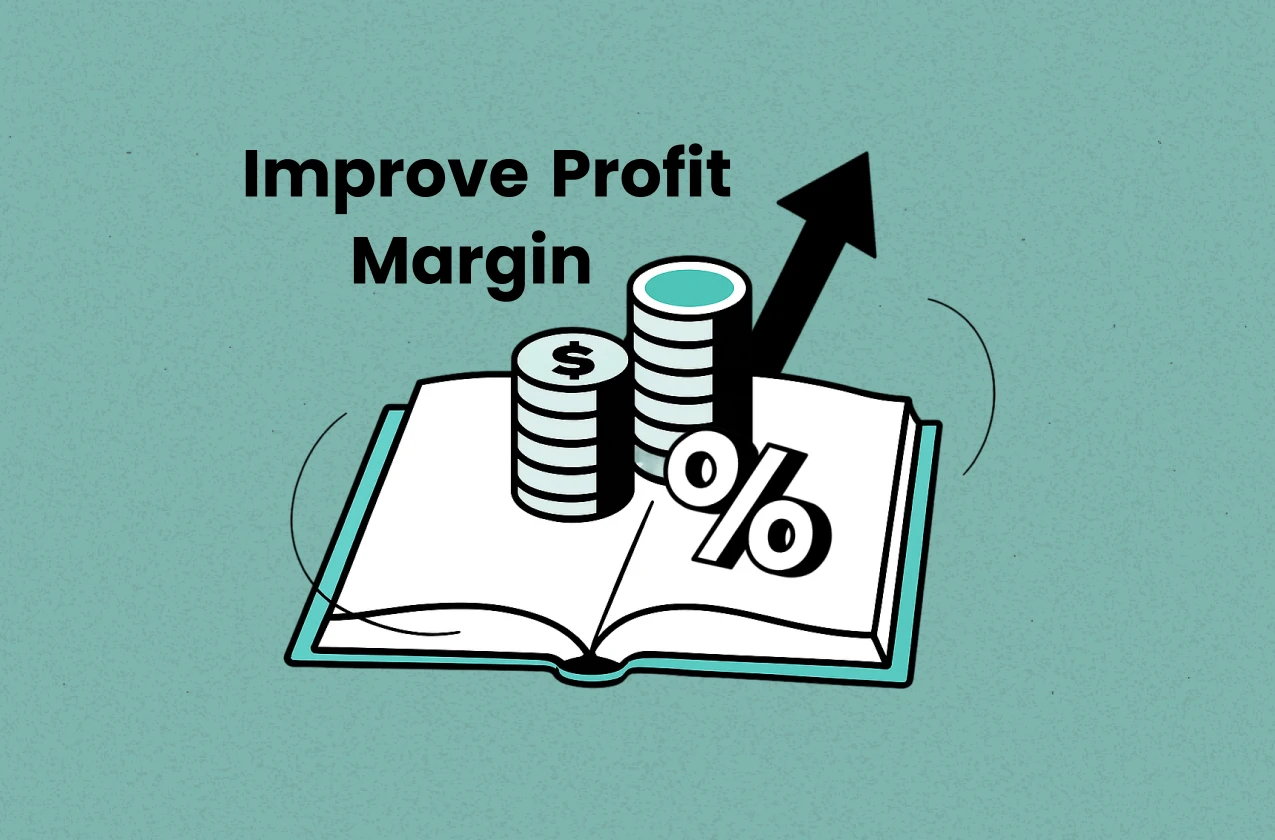
Profit margins are the backbone of your store’s financial health. They tell you how much you truly keep from every dollar you earn, guiding decisions on pricing, inventory, and scaling your business.
In this guide, you’ll learn what a good profit margin looks like, why it matters, and 6 actionable strategies to improve your profit margins in 2025.
6 Strategies to Improve Your Profit Margin
Here are the most effective strategies to increase profit margin.
1. Use Cart Value to Trigger High-Intent Upsells
This strategy is simple: catch customers when they’re already in a buying mood.
It means if someone has $200 in their cart, they’re ready to spend more than someone with just $30. You’ll see this buying pattern every day in your store. People comfortable spending $200 will often add a $25 accessory without blinking.
Here’s how I do it. I set upsell offers based on cart value, not just product type. If someone has $50-100 in their cart, I offer a $15 accessory. If they’re over $150, I offer a $30 premium add-on.
I add urgency to these offers. “Add now and save 15% - this discount disappears when you leave the checkout.” It works because people know they’ll pay full price later.
The best spot to show these upsells? Right after customers enter their shipping address but before payment. They’re committed but still open to adding one more thing.
2. Cross-Sell Based on What Customers Actually Buy Next
Most stores toss out random “you might also like” products and hope for the best. I used to do that too, and honestly, it rarely worked.
What actually moves the needle is using your order history to predict what customers will want next—and offering it to them before they even think to search for it.
To do it effectively, I’ll look at what customers buy a few weeks after their first purchase. If people who buy a yoga mat often return for yoga blocks three weeks later, I bundle the blocks with the mat upfront.
To be honest, it’s the whole strategy, but I will give you some of my tips on where to place cross-sell offers.
- I place these cross-sell offers near the “Add to Cart” button, where customers are ready to buy. I don’t clutter product descriptions because it’s distracting.
- Urgency helps too. I’ll add a note like “Save 15% when you bundle these today” or “Only 3 left.” It pushes people to act instead of telling themselves they’ll come back later (they rarely do).
- I also check which cross-sells actually increase customer lifetime value. It’s the bigger game—Some don’t convert immediately, but they bring customers back for future purchases. Nail a few CLV strategies, and you’ll grow margins without living in acquisition mode.
3. Speed Up Inventory Turns to Free Up Cash
The key idea here is to treat inventory as money that should keep working for you.
You can test this strategy using my proven method:
- I split my products into fast sellers, steady sellers, and slow movers. I check what’s selling in the last 90 days, not just yearly, so I see what’s working now.
- I set reorder alerts based on sales speed. If something sells fast, I reorder before it runs out. If it’s slow, I watch it closely so I can bundle or discount before it becomes dead stock.
For new products, I look at the first 30 days. If they move fast, I reorder confidently. If they move slow, I pause and figure out why before buying more.
If something has been sitting for 90 days, I’d rather sell it at a discount than let holding costs pile up.
The goal is to keep your inventory cost under 20% of your working capital so you have room to invest elsewhere.
4. Cut Shipping Costs with Smarter Carrier Strategies
Shipping is one of those silent profit killers. It often eats up 8-10% of your revenue without you realizing how much it drags your margins down.
Here’s what I learned: you don’t have to just accept whatever rates UPS or FedEx give you. By using multiple carriers and zone-skipping, you can shave 15-30% off your shipping costs—and that savings goes straight into your profits.
- I started by mapping where my orders go. Turns out, 40% of them head to just a few major cities. So I use zone-skipping services that bypass expensive sorting routes, getting packages there faster and cheaper.
- I also negotiate using my total volume, not just what I ship with one carrier. When FedEx knows I’m talking to UPS, they’re a lot more flexible on pricing.
- I let my shipping software automatically choose the cheapest carrier per shipment. Sometimes USPS is cheaper for rural deliveries, while UPS wins for urban business addresses.
- Every month, I track shipping cost per order. If my average order value goes up but my shipping percentage stays the same, I know I need to adjust.
5. Negotiate Better Supplier Terms to Lower COGS
This is one of the fastest ways to improve your profit margins without needing to sell more.
Many suppliers are open to better pricing if you simply ask, especially once you have consistent order volume. Even a small 3–5% discount on your cost of goods sold can have a big impact on your margins.
But don’t go in unprepared. Here’s a smarter way:
I started by reviewing my top-selling SKUs to see which suppliers I spent the most with. Then, I approached those suppliers to request volume-based discounts or early payment discounts.
If a discount wasn’t possible, I asked to get the inventory now and pay 60 or 90 days later, giving me time to sell the products before paying for them. It’s a simple way to free up cash for ads or new product launches while improving your cash flow.
6. Stay on top of your profit margins
Most people look at profit margins once a quarter, but patterns can shift fast. Costs creep up, ad spend fluctuates, and a top-selling SKU can quietly become less profitable if COGS or shipping rates increase.
Here’s what I did: I started tracking gross, operating, and net profit margins daily using profit tracker apps like TrueProfit. It shows me real-time profit after ad spend, shipping, COGS, and even transaction fees—without any manual work.
What I love about TrueProfit is that it turned tracking profit margins from an end-of-month nightmare into a simple daily habit. All I need to do is open the dashboard on my laptop or phone, and my profit margins update in real time, with all costs calculated accurately and nothing missed.
One of the things I use most and find incredibly useful is that TrueProfit generates charts showing profit margin patterns alongside other key metrics. Then, I can quickly see if my revenue is growing while margins are dropping, or if ad spend is eating into profits, all without digging through numbers manually.
It helps me catch killer patterns early so I can adjust prices, check supplier costs, or optimize ads before small leaks turn into bigger profit problems.
What Is a Good Profit Margin?
A “good” profit margin depends on your industry and business model, but many healthy businesses maintain net profit margins between 10–20%.
Lower than 10% can signal challenges in cost control or pricing, while higher than 20% often reflects strong operational efficiency.
Your goal isn’t just to match industry benchmarks but to build a margin that allows you to grow sustainably while weathering changes in ad costs, supplier pricing, and consumer behavior.
The Three Types of Profit Margin You Should Track
1. Gross Profit Margin
Gross profit margin measures the percentage of revenue that exceeds the cost of goods sold (COGS). It shows how efficiently a business produces or purchases its products. Calculate gross profit margin using:


2. Operating Profit Margin
Operating profit margin indicates the percentage of revenue left after covering the cost of goods sold (COGS) and operating expenses. It reflects how well a business controls its core operating costs before interest and taxes.
You can calculate operating profit margin as:
3. Net Profit Margin
Net profit margin is the percentage of revenue that remains after all expenses have been deducted, including the cost of goods sold (COGS), operating expenses, interest, and taxes. It reveals true profit from the store's total sales.
Calculate net profit margin using:


Each above small step can add up to your healthier margins. But before optimizing anything, you need to know your net profit margin first. Check it out using our free profit margin calculator.
Smart Way To Improve Profit Margins
Improving your profit margin isn't just about cutting costs — it's about working smarter, pricing strategically, and constantly analyzing your business performance.
With the right tools, you can take the guesswork out of profitability and make confident, data-driven decisions.
TrueProfit helps you track your profit margins in real time, understand where your money is really going, and uncover opportunities to grow your bottom line — effortlessly.
Harry Chu is the Founder of TrueProfit, a net profit tracking solution designed to help Shopify merchants gain real-time insights into their actual profits. With 11+ years of experience in eCommerce and technology, his expertise in profit analytics, cost tracking, and data-driven decision-making has made him a trusted voice for thousands of Shopify merchants.

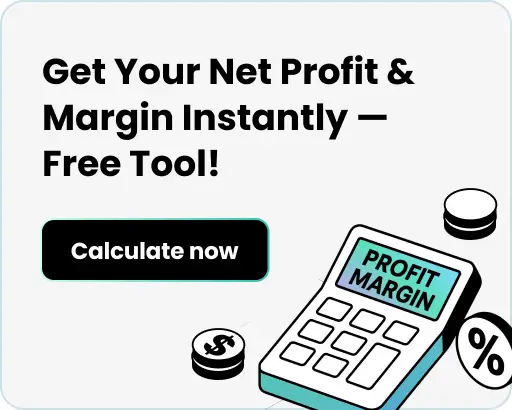



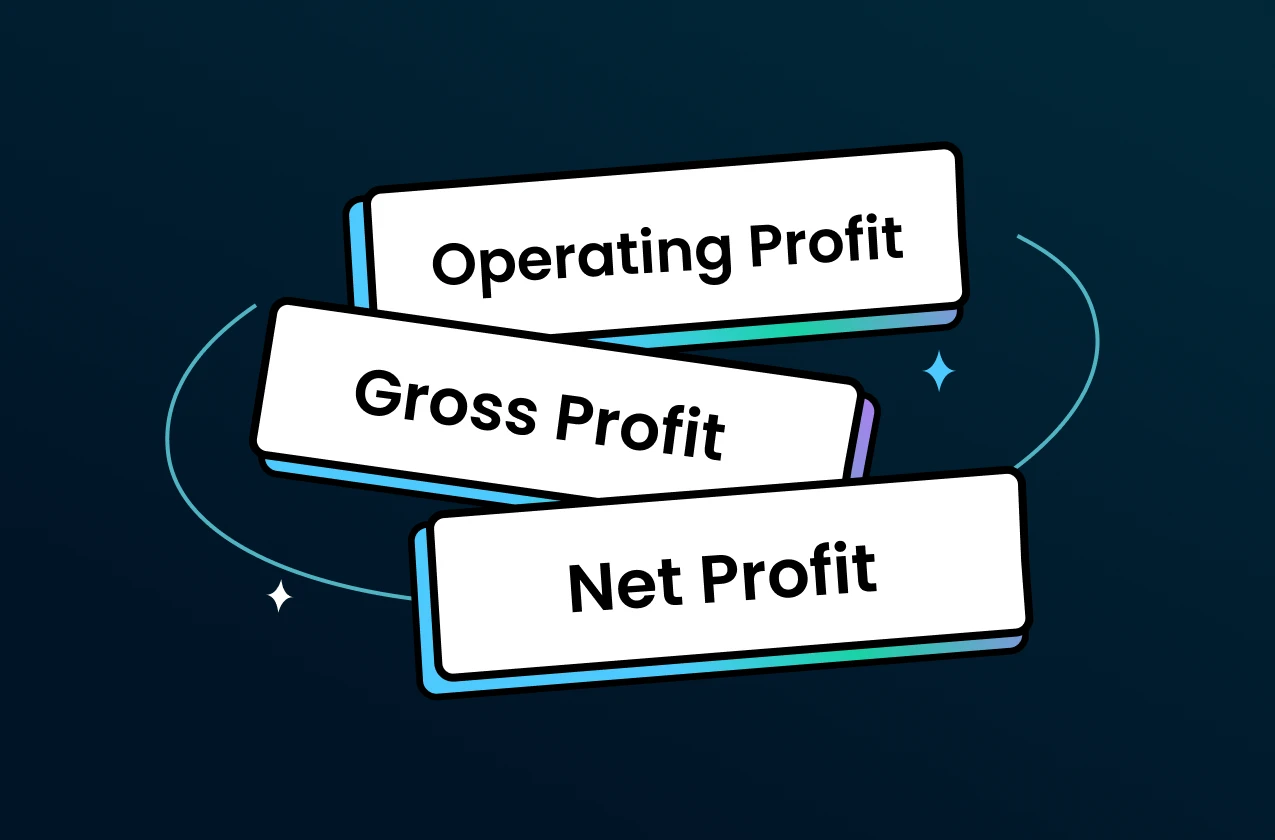
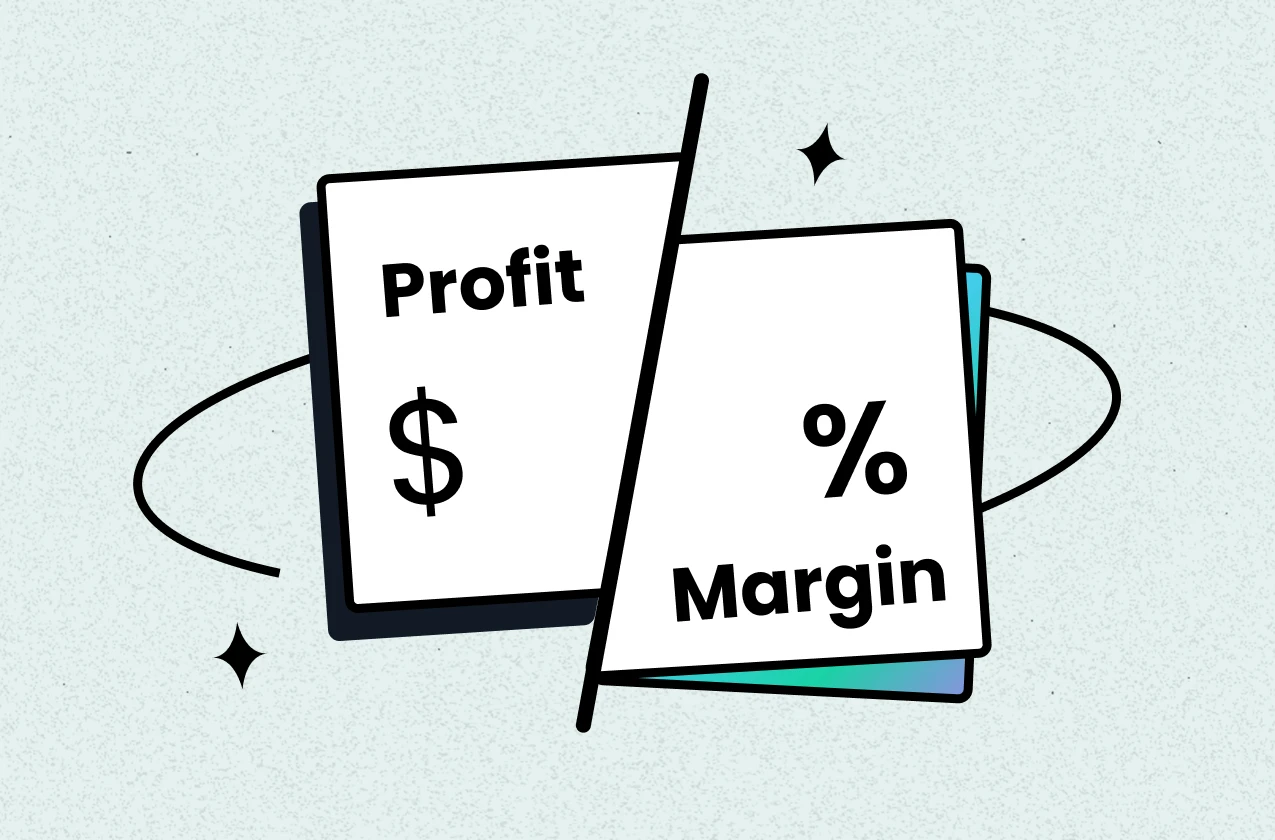
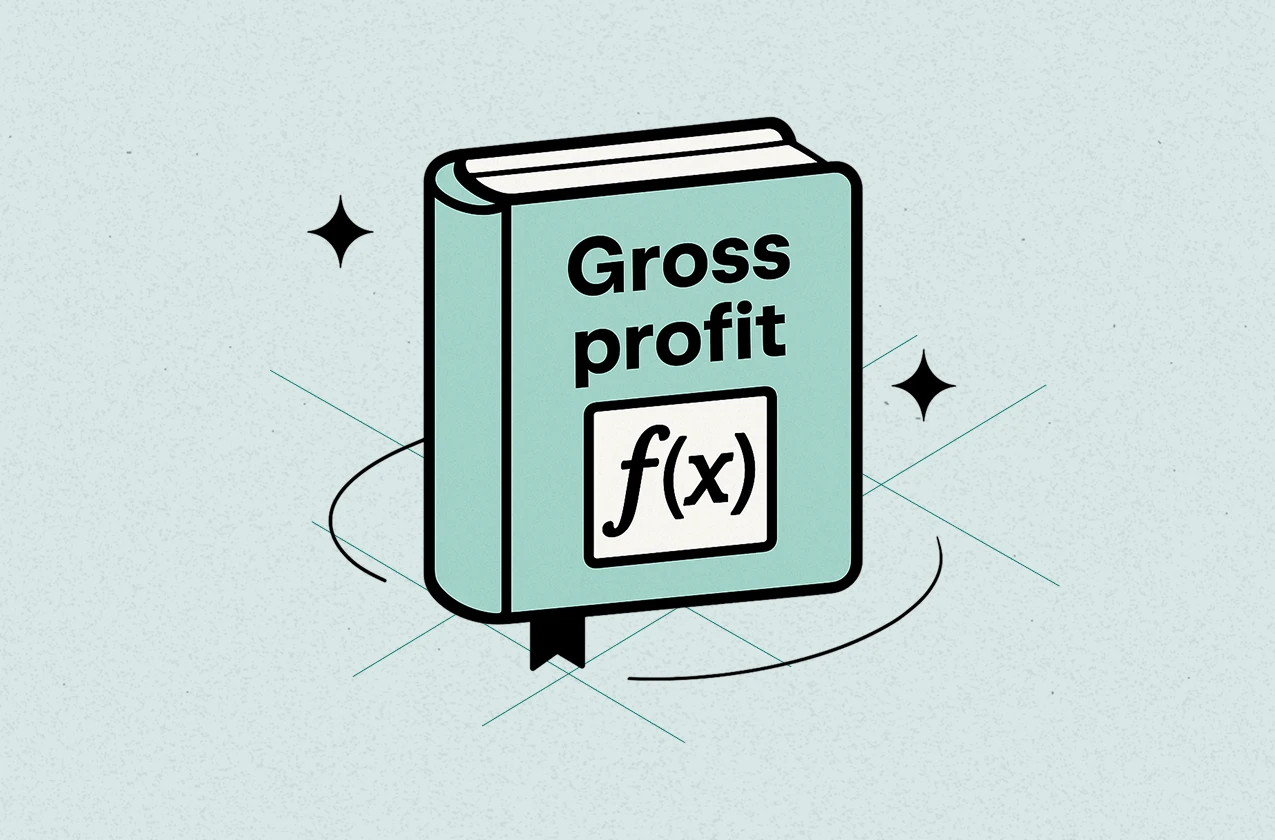

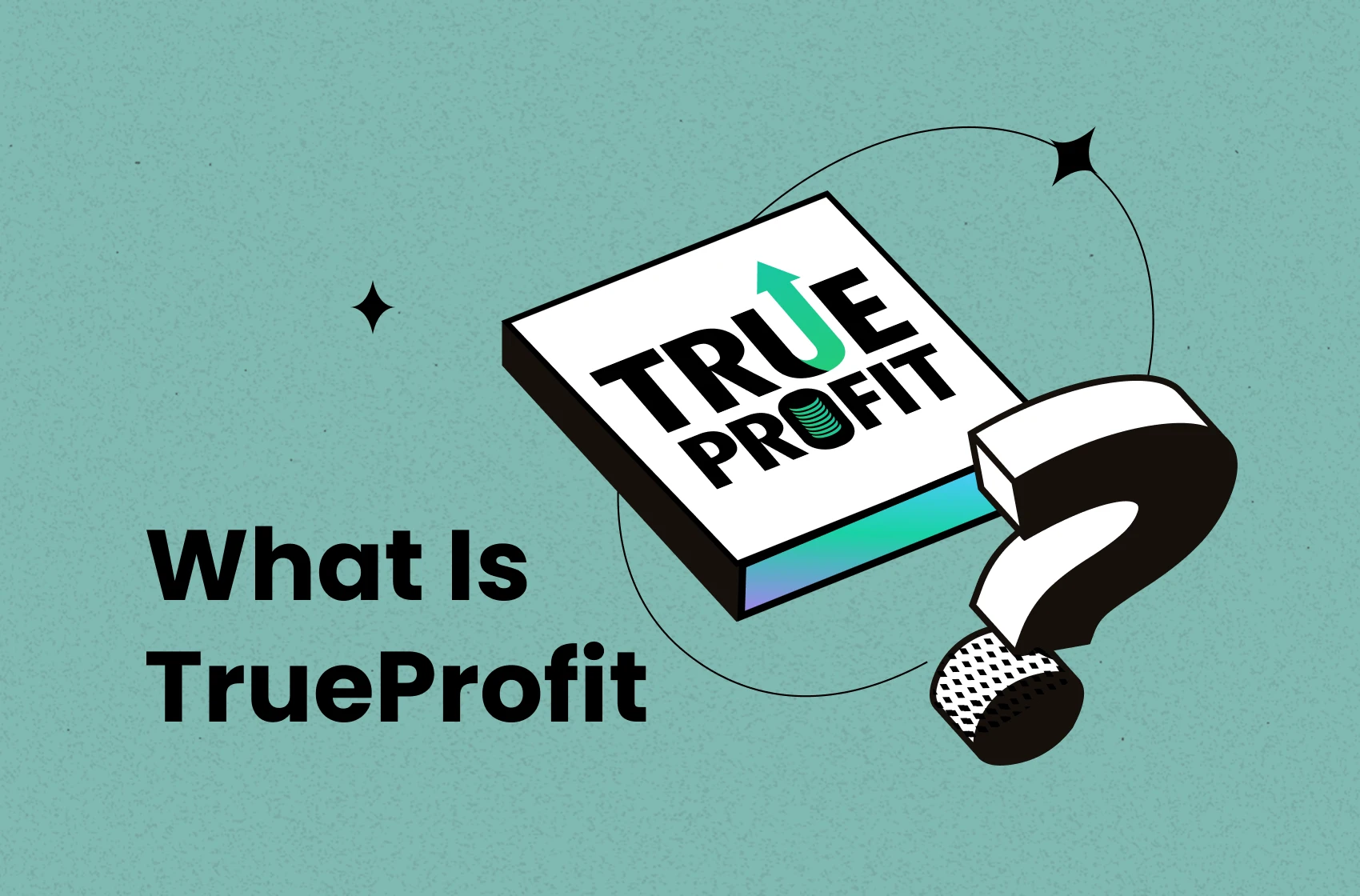
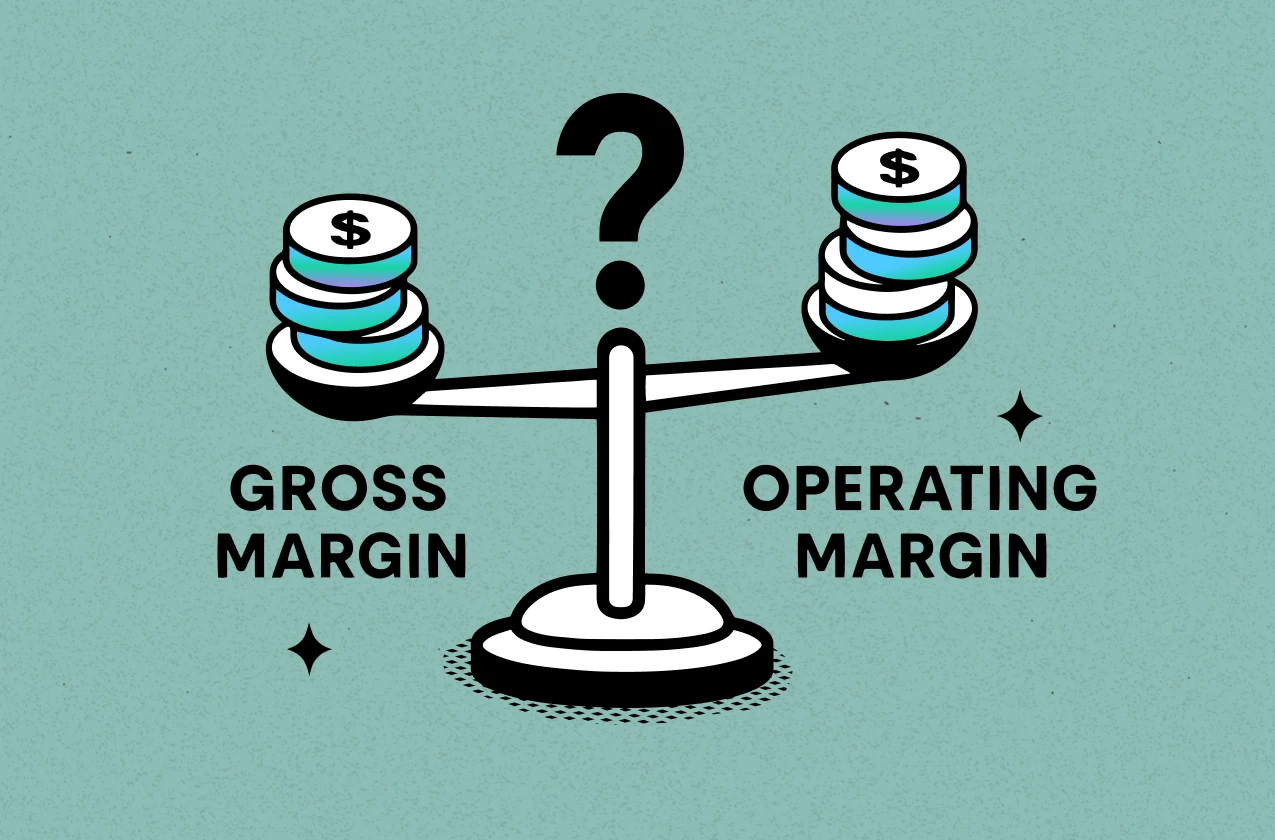
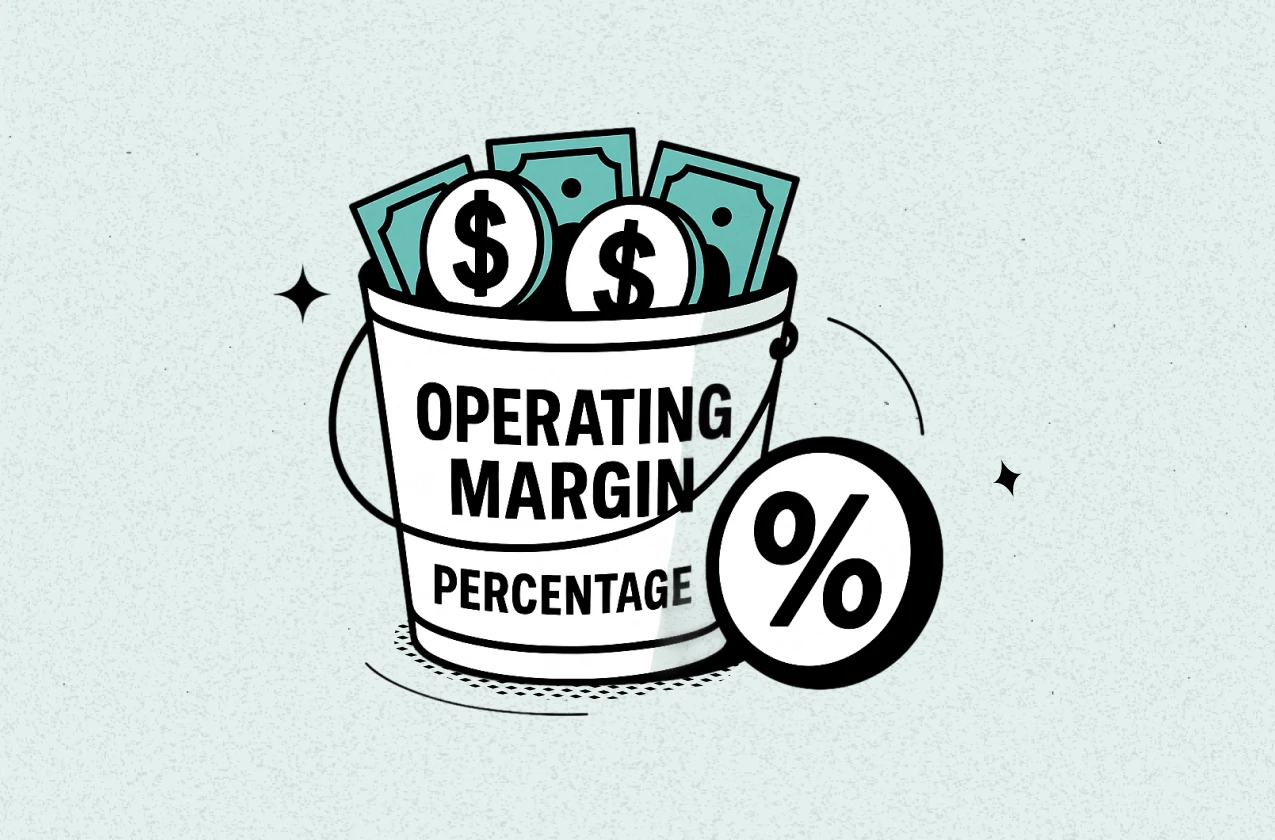
 Shopify profits
Shopify profits